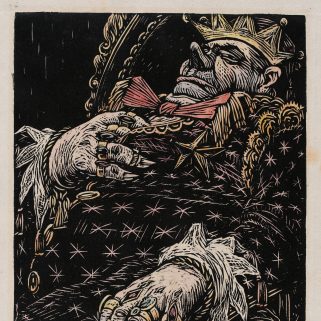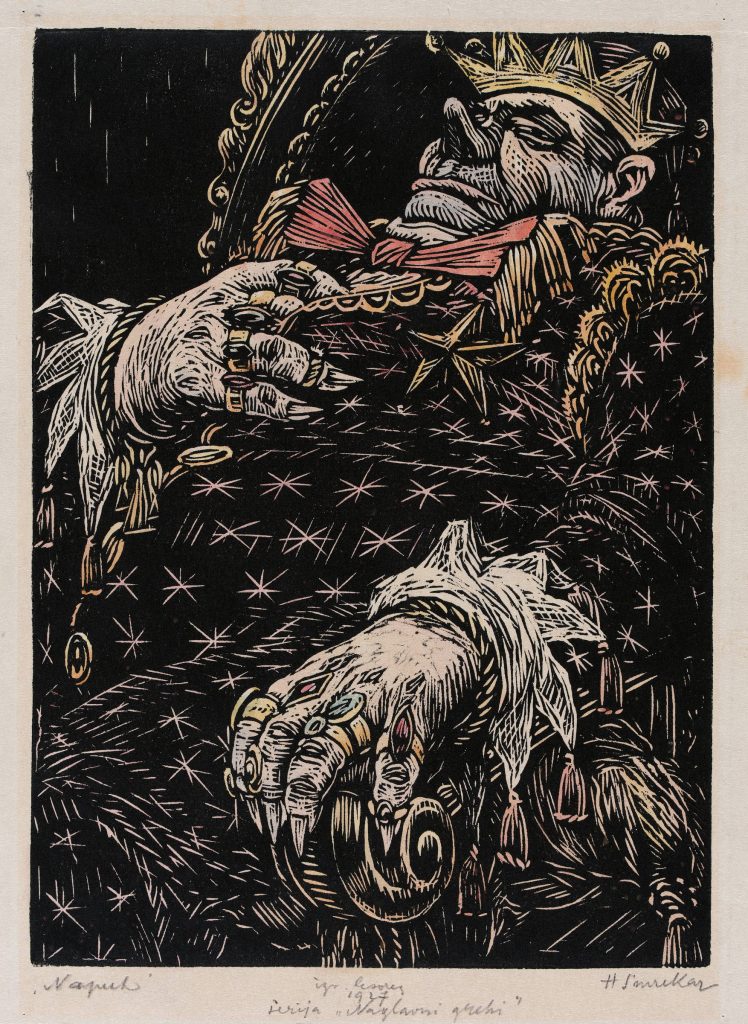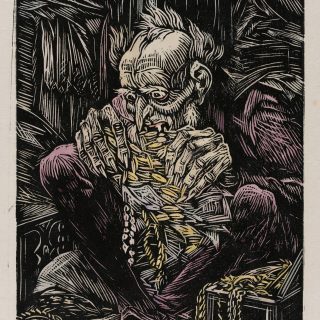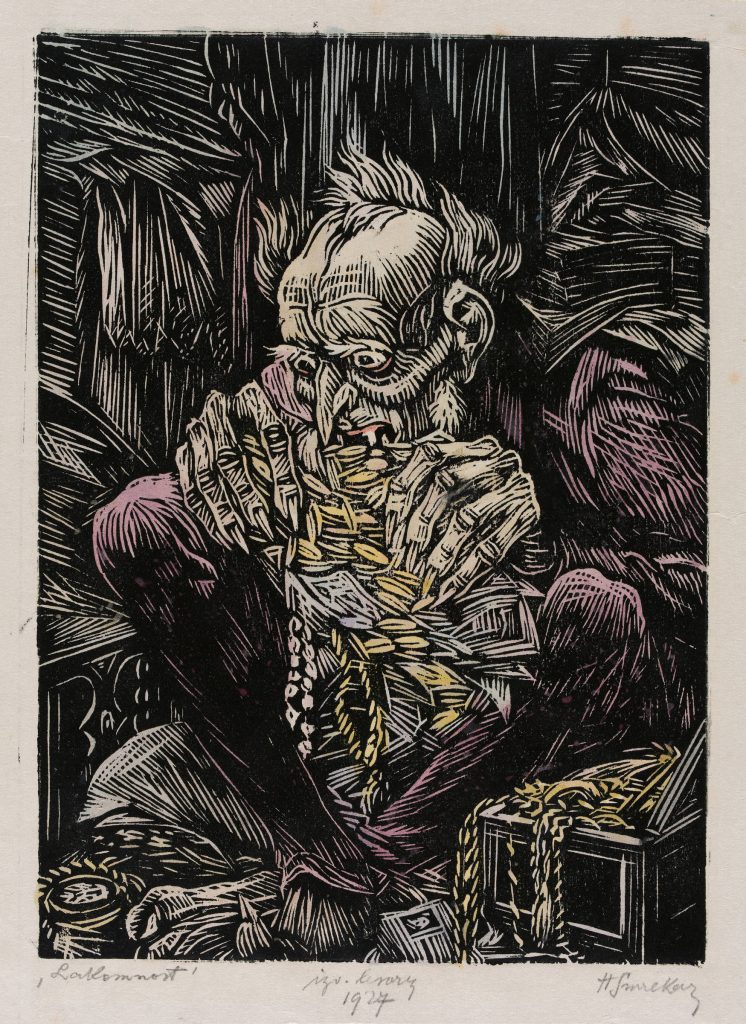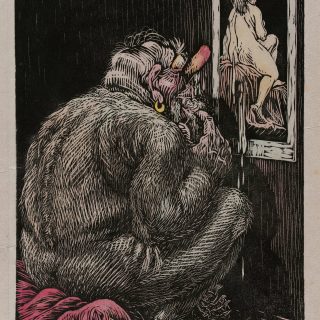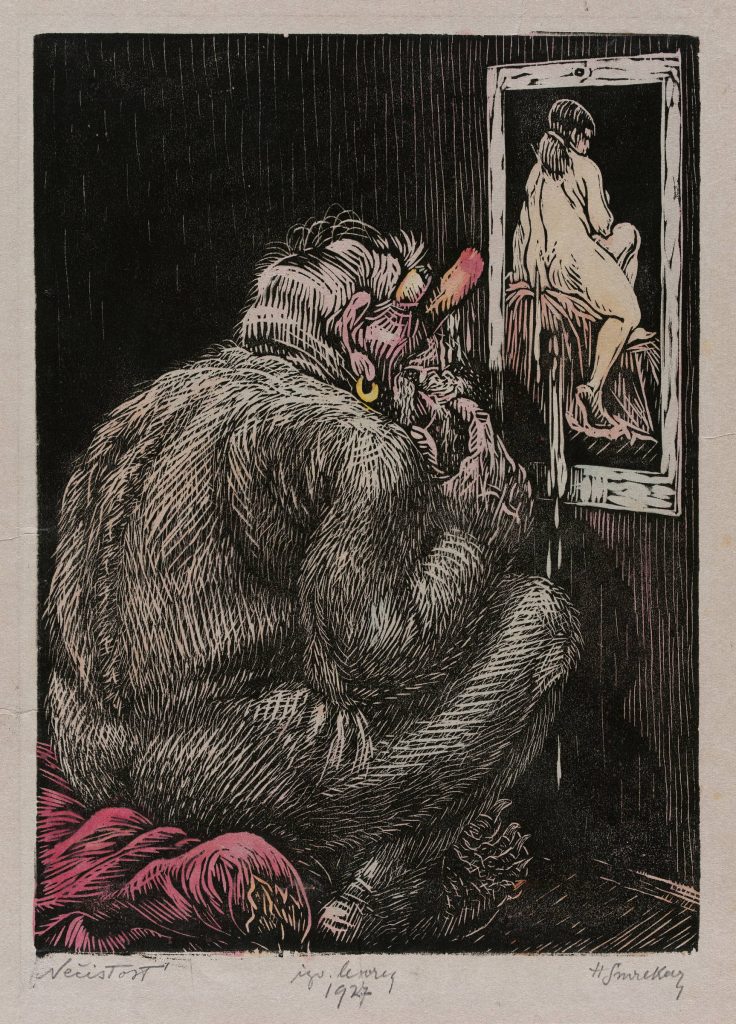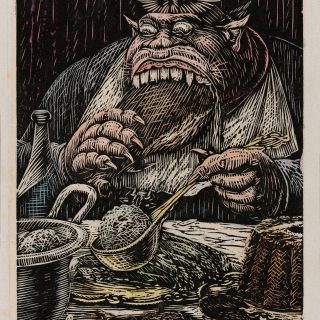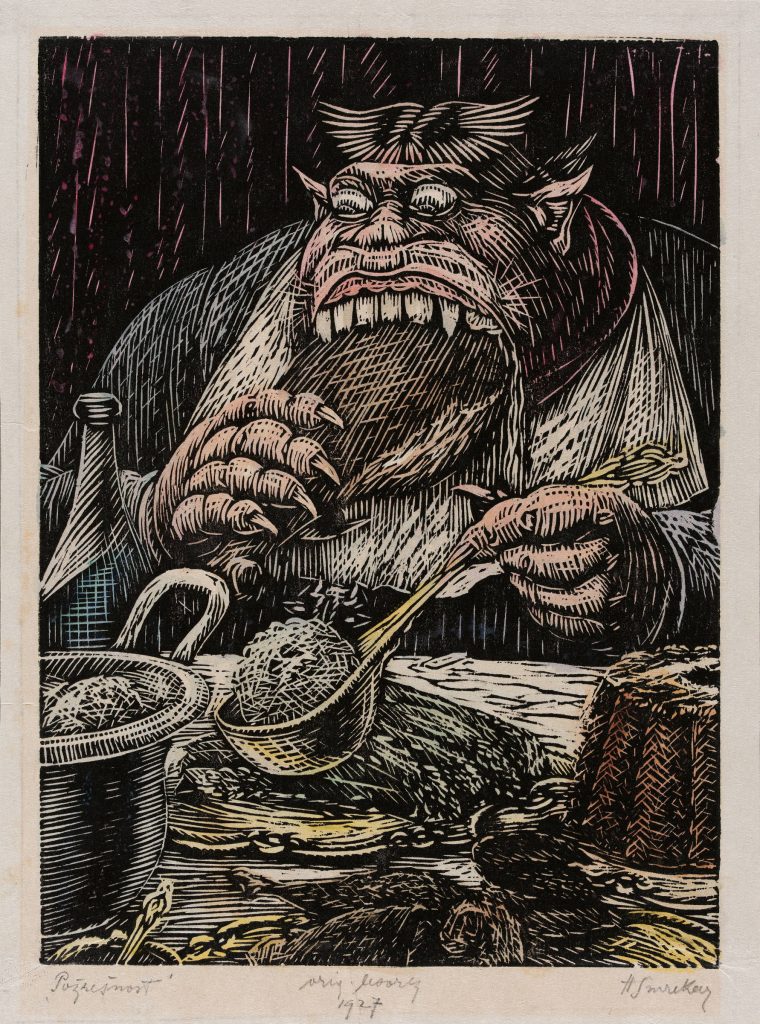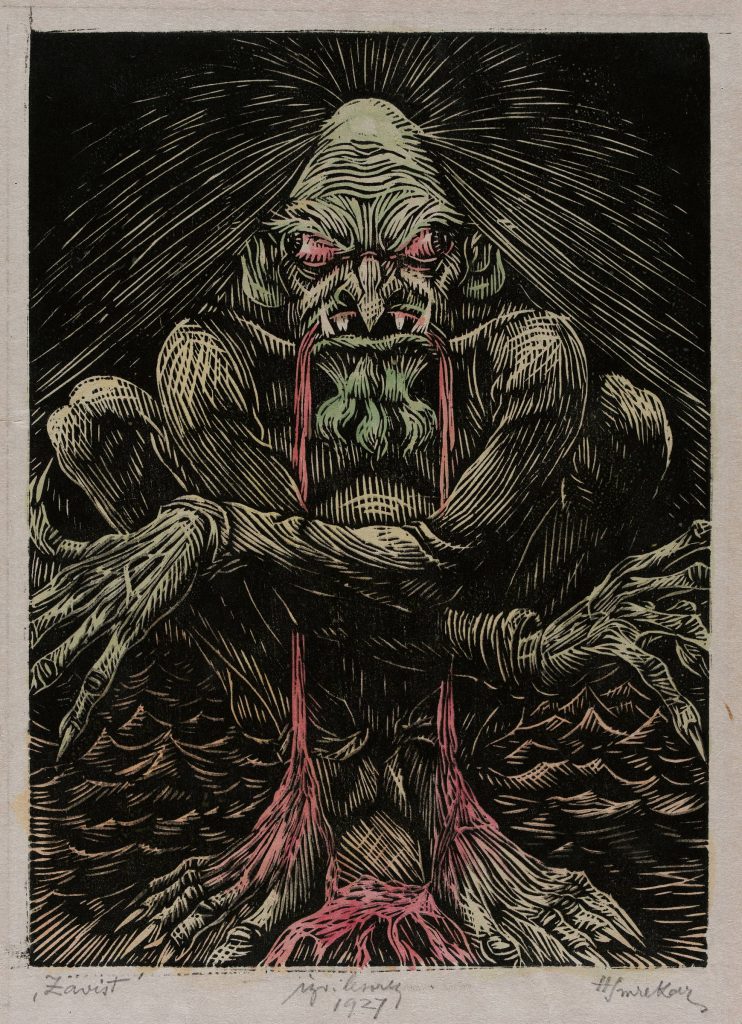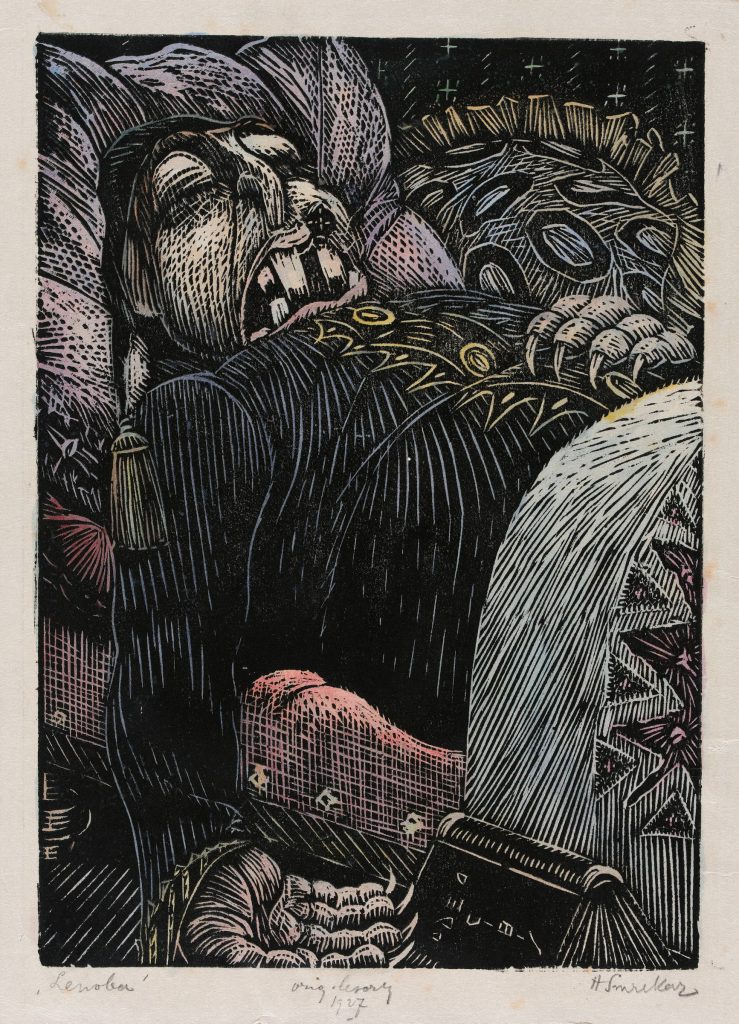By the Middle Ages, the Christian tradition of the seven deadly, or cardinal, sins had developed through centuries. They are: pride (Superbia), greed (Avaritia), lust (Luxuria), wrath (Ira), gluttony (Gula), envy (Invidia) and sloth (Acedia).
In his book Praktikos, in the chapter on the Eight Kinds of Evil Thought, Evagrius Ponticus (345‒399), a Christian monk, ascetic and one of the most influential theologians of the late 4th century, classified eight pernicious thoughts that entice humans into doing evil, thus preventing them access to the Kingdom of God. The list helped to identify the stated vices and their consequences and was also a handbook on how to overcome them. Around the year 590, Pope Gregory the Great was the first to classify the seven deadly sins on the basis of this list. In the 13th century they were additionally acknowledged by Thomas Aquinas and were subsequently adopted by all Catholic theologians.
Pride is regarded as the worst sin because the soul that becomes its victim succumbs to the rest of the deadly sins too, which leads to its death. From the seven cardinal sins all other (venial) sins also proceed. A sin is mortal when it is committed wilfully and is grave enough to lead to far-reaching consequences; it is not mortal if its consequences are less serious and if it is not committed as a result of deliberation but of weakness, carelessness, indifference, or stupidity.
The seven deadly sins no longer hold the same position nowadays as they held in the medieval mentality, yet with remarkable precision they continue to call attention to what we recognize as eternal faults of human nature. Regarded from the entirely ethic standpoint, they fully refer to the behaviour and character of a human irrespective of his/her beliefs or religious affiliation. They point to the weaknesses, or temptations, which people could control with their willpower, but they too easily succumb to them. They are facts of life which equally relate to both men and women who have experienced life. The issue of the seven cardinal sins is timeless.
For more than a thousand years personifications or allegories of sins both in literature and arts assumed different appearance. The theme became for artists a source of moral, religious and poetic inspiration, but in all cases their purpose was to edify or preach. Personifications of sins found a place in comedies, thus making evil a source of amusement, but also in dramas that dealt with more serious subject matter, such as temperance, justice or judgement.
The seven deadly sins are juxtaposed with the seven virtues, the three theological (faith, hope, charity) and the four cardinal ones (prudence, justice, fortitude, temperance). By their very nature the portrayals of sins are their dramatic contrast, and imagination is given free rein in this case. The images of sins are closer to life because artists can draw on everyday reality, so they are more shocking and immediate. There is no danger for them to become abstract as it often happens with the depictions of virtues. In relation to the conviction of their reality, everyone in their imagination can freely shape their look and add the contents.


